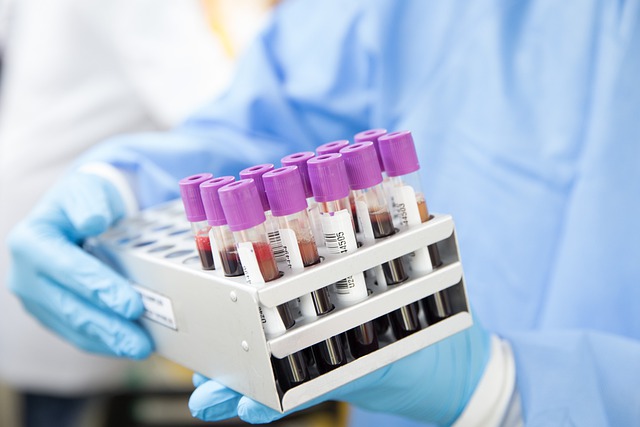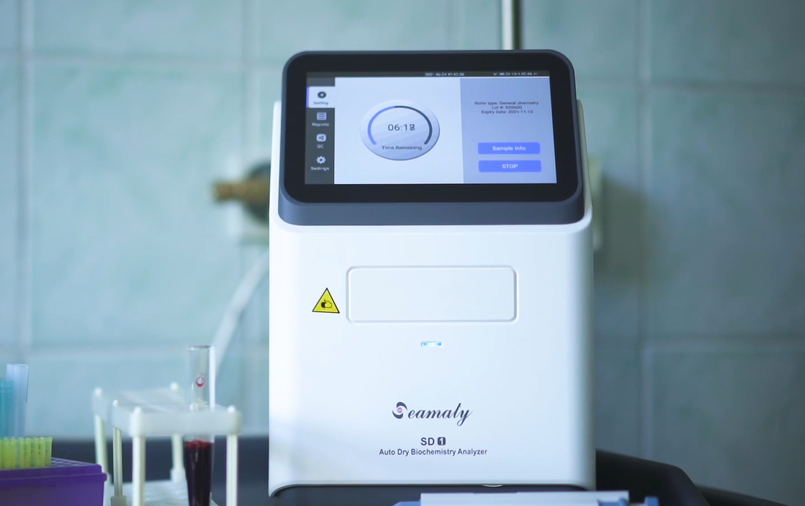release time:2022-05-25 15:24:57
Medical diagnostic instruments have a wide range of product categories, as simple as thermometers and as complex as MRI machines. In recent years, the aging population, the emergence of chronic diseases, infectious diseases and pathogens, and the market demand for rapid diagnostic results have driven the rapid growth of the diagnostic market.

According to statistics, microfluidics for POCT and clinical diagnostics is expected to grow by more than 22% by 2025. Due to the advantages of microfluidics-based diagnostic instruments with high integration, high test accuracy and rapid testing, more and more medical institutions and hospitals are adopting devices that use microfluidics in their diagnostic equipment.
The development of in vitro diagnostic industry worldwide has gone through a process of technological innovation, renewal and iteration. New rounds of technology will be generated in the future as the industry continues to reshuffle and the market demands for quality continue to increase.

2022-09-01
The development of POCT is driven by the rising demand for clinical testing. Although traditional testing methods can meet the requirements of clinical testing in terms of test specimen volume, automated operation, accuracy of results, performance stability, etc.. However, they are unable to meet the requirements in terms of portability, testing speed, and complexity of the testing process. In the family health management and primary care institutions testing, large medical testing equipment is difficult to spread. We took the hospital market as an example and sorted out the demand for POCT products in some hospital departments.

2022-06-07
In medicine, biochemistry analyzers are considered one of the essential tools. They are used primarily for diagnosing and monitoring diseases, but they can also be used for other purposes such as drug testing and food analysis.

2021-10-26
Diet affects a variety of substances in the blood. For example, the concentrations of glucose (GLU), triacylglycerol (TG), ALP and phosphorus. Eating a high-protein diet one day before the blood draw can result in high urea nitrogen (BUN) and uric acid (UA) results. The increase in lipid concentrations in the blood, especially TG, after eating can lead to a milky cloudy serum, which can interfere with biochemical measurements. This may result in high results for bile acids, proteins, calcium and phosphorus. The results of amylase measurements are low.